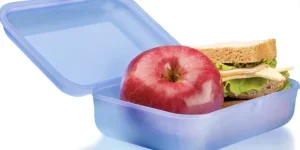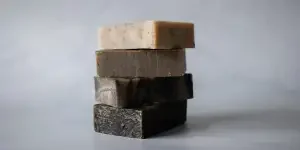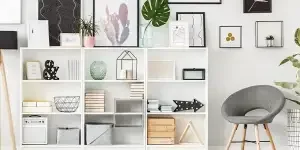Kids are no longer the only ones who use lunch boxes. Adults are also adopting this trend at a rapid rate in order to eat healthy and streamline daily routines, allowing fordelicious home-cooked meals to be taken to work, on travels, or on other adventures.
This popularity means that a large influx of lunch boxes have entered the market, which can make it tricky to identify the best options for your customers. Below, we’ll provide an overview of the opportunities for sellers in 2024 as well as which varieties of lunch boxes you’ll want to consider stocking.
Table of Contents
An overview of the lunch box market
What to consider when stocking lunch boxes
Conclusion
An overview of the lunch box market
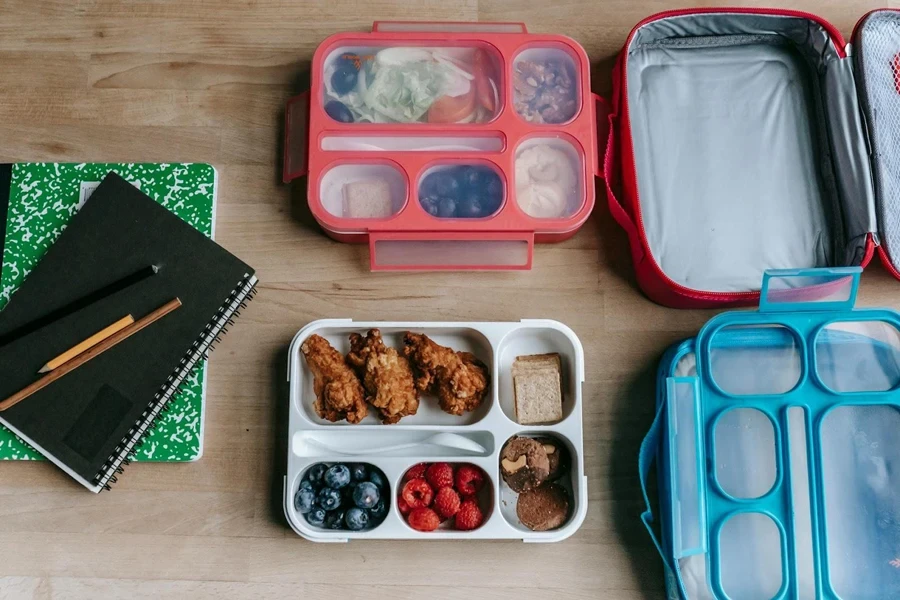
In 2023, experts valued the global lunch box market at USD 150 billion and expect it to grow at a 5.5% CAGR to USD 200 billion by FY 2030. This growth is predominantly due to consumers becoming increasingly health-conscious, while a vast array of personalized options means that there’s a box out there for everyone. Finally, smart lunch boxes have taken the market to new heights, with experts predicting tech will help foster more growth over the forecast period.
What to consider when stocking lunch boxes
Insulation

Insulation is one of the first things consumers will prioritize when choosing lunch boxes. Insulation helps to maintain the temperature of the food stored inside, keeping it at a suitable temperature and ensuring it remains uncontaminated.
Well-insulated lunch boxes will be designed with layers of insulating materials, like foam or thermal lining. These materials are super effective at creating barriers to maintain the internal temperature of the lunch box.
Additionally, a lunch box’s thickness is another indicator of good insulation. Generally, thicker materials provide better insulation, with boxes ranging from 3mm to 8mm thick offering moderate insulation (keeping food cool or warm for a few hours), while those with 10mm to 25mm thickness can maintain food temperature for several hours to a day.
Material
Material influences a box’s durability, ease of cleaning, and overall performance. Hence, it pays to avoid sourcing boxes that are made from low-quality materials.
Plastic lunch boxes are commonly favored due to their lightweight and affordable nature, as well as their vast array of colors and designs. The best part about these lunch boxes is that they are relatively easy to clean and maintain, making them suitable for everyday use. However, not all plastic lunch boxes provide excellent insulation, so sellers must always check for additional insulating features.
Stainless steel is another popular, offering superior durability and insulation. Stainless steel lunch boxes are also immune to rust and corrosion, so they’ll remain in good condition for a long time.
For eco-friendly options, bamboo or silicone are worth considering, with the former being biodegradable, renewable, and antibacterial. Meanwhile, the latter are lightweight, flexible, and easy to clean, making them a great option for on-the-go meals.
Convenience

Lunch boxes need to be convenient to use and carry in order to be considered worthwhile. Lunch boxes with compact and lightweight designs are more likely to be taken along for outings, commutes, or travels, ensuring that meals and snacks are readily accessible. Hence, sellers must look for lunch boxes with ergonomic handles and compact dimensions that fit comfortably in bags or backpacks.
Ease of opening, closing, and accessing the lunch box’s contents is another big factor to consider. Always choose secure but accessible closures, like snap locks or magnetic seals to stand a better chance at preventing spills or leaks.
Furthermore, ease of cleaning and maintenance is also important when weighing up a lunch box’s convenience of use. The perfect models should have smooth, non-porous surfaces that are easy to wipe clean or are dishwasher-safer for hassle-free maintenance. Avoid lunch boxes with intricate designs or hard-to-reach corners that may trap food particles, making cleaning more challenging.
Airtightness

Airtight seals help stop moisture and air from entering or escaping lunch boxes, keeping food fresh, preserving flavors, and preventing leaks or spills during transport.
Determining if lunch boxes are airtight or not is always easy. First, check the box’s closing mechanism: typically, airtight lunch boxes have secure closures, like silicone seals, snap locks, or tight-fitting lids, to keep all food contents sealed and protected. Second, inspect the box’s construction for any gaps or cracks where air could escape.
Airtight lunch boxes should have seamless designs featuring smooth edges and invisible gaps. These design elements reduce the chances of air infiltrating the lunch box. If consumers want even more security, consider lunch boxes with multiple locking mechanisms or pressure seals. These features further enhance the seal while preventing accidental spillages.
BPA-free
Plastic lunch boxes should also be checked for BPA-free specifications. Many manufacturers display this information as a selling point to reassure buyers of their product’s safety. “Non-toxic” and “food-grade plastics” are other labels that likely indicate lunch boxes are BPA-free and safe for use.
Size
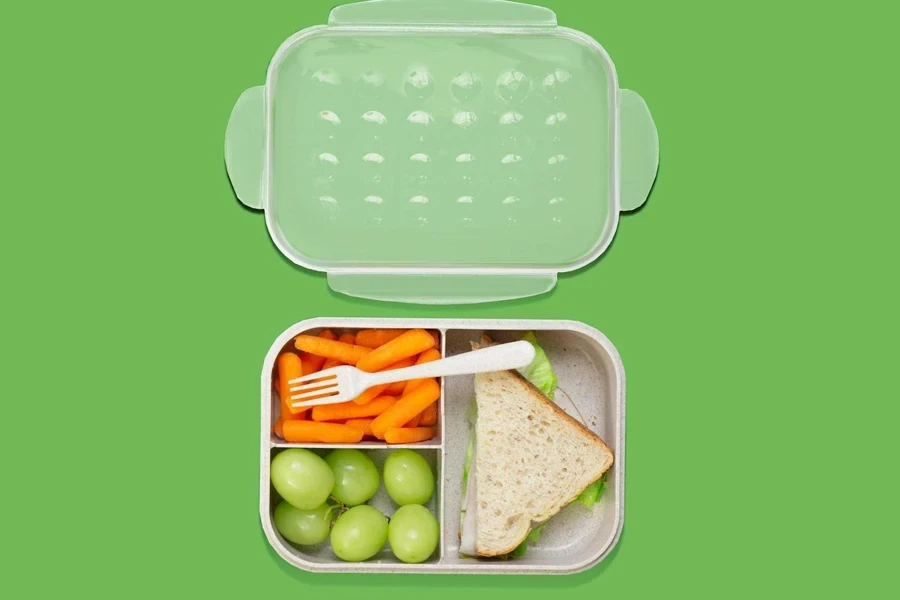
The size of the lunch box is another important aspect. Choosing lunch boxes of an appropriate size ensures consumers can pack enough food to sustain them throughout the day without needing to overpack the container.
Be mindful that size also affects portability and convenience; lunch boxes that are too large may be cumbersome to carry and transport, especially if consumers need to pack them in a bag with other items. Consider the table below to see which lunch box size is right for different uses:
| Size designation | Typical capacity | Best suited for |
| Snack-size | Holds a few small snacks or a drink | Preschoolers, snacks, and pairing with a larger lunch box |
| Small lunch box | 5-7 liters | Kids and adults needing to carry smaller meals |
| Medium lunch box | 8-12 liters | Standard size for most adults, accommodating full meals |
| Large lunch box | 15-20 liters | Hold multiple meals andother food containers |
Sections
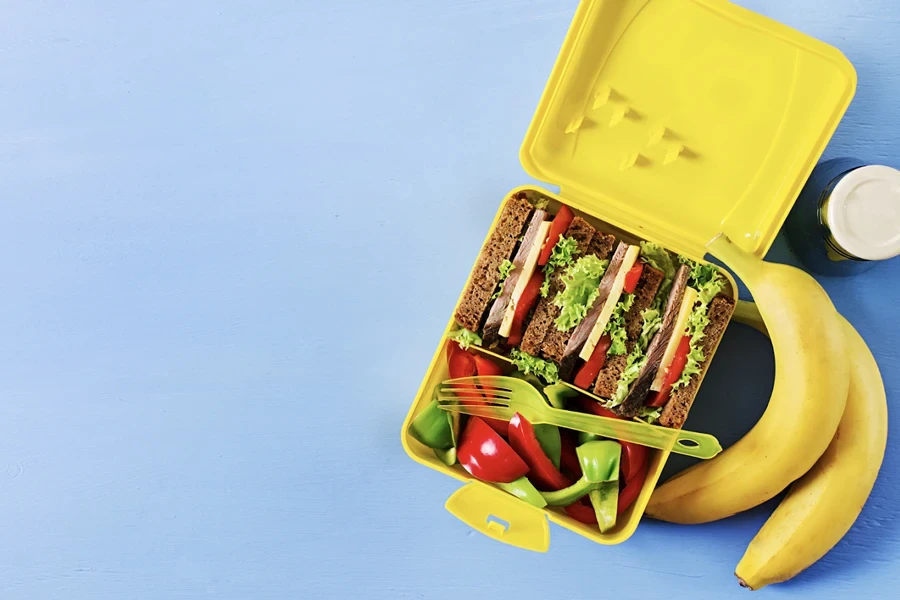
Some consumers appreciate an organized lunch or to keep food items separate, which is where sections come in. Lunch boxes with sections help organize different food items, allowing consumers to pack a variety of foods without mixing them or items becoming soggy.
Lunch boxes with sections also appeal to those who maintain portion control and balanced eating habits. They can also help users with dietary preferences to reduce cross-contamination.
Conclusion
Lunch boxes have risen to new heights, becoming one of the best ways to take healthy food to work, on trips, or picnics. In addition to convenience, they also keep food fresh and ready and separated.
No matter your lunch box needs, you’re sure to find exactly what you want among the thousands of options on Alibaba.com.
